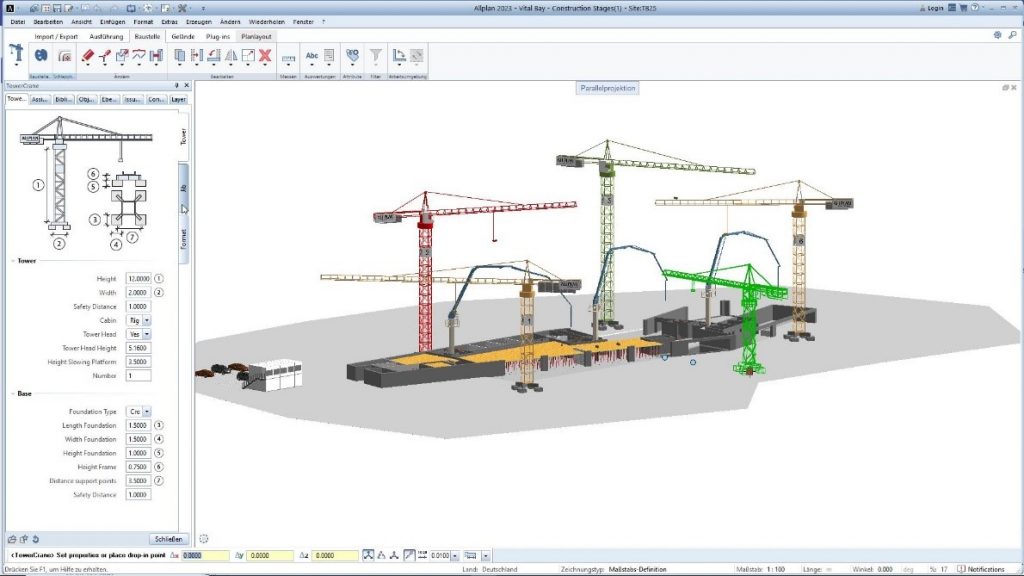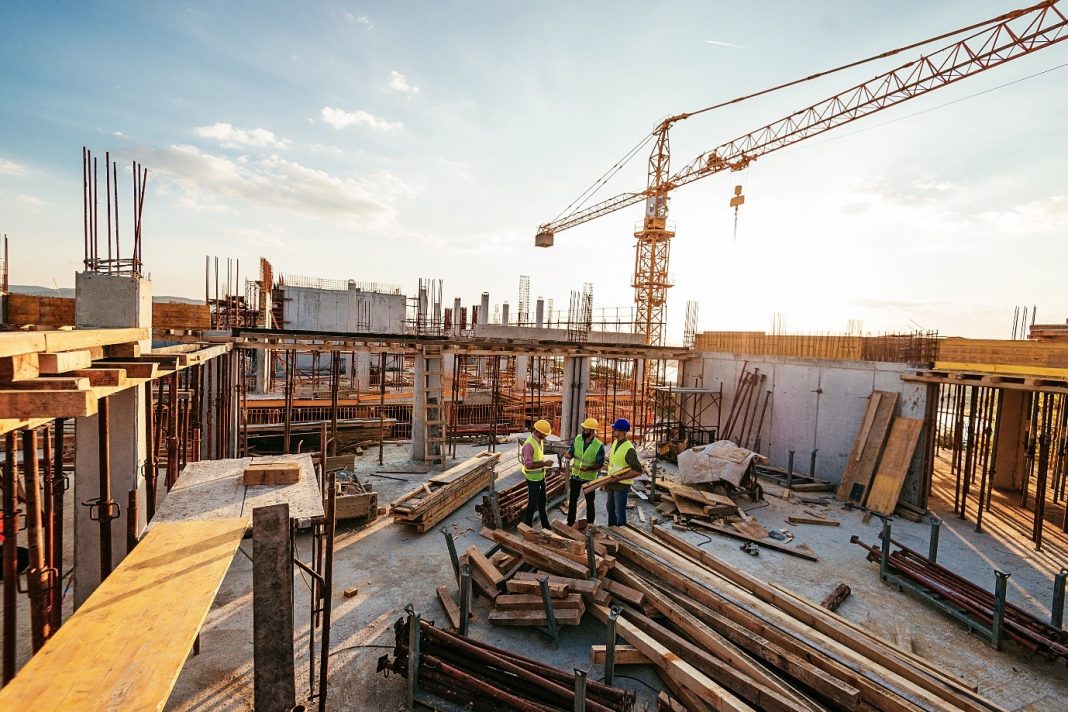BIM is not just for design; it has many uses for construction as well. Here are four practical examples by product owner Alric Fruehauf at Allplan of how to use BIM for construction
BIM is a widely accepted method for the design phase but often overlooked as a viable methodology for construction activities. Yet this could be missed opportunity for the AEC industry to not only increase efficiency and improve competitiveness but also to address the skills shortage by attracting younger talent with cutting-edge technology.
While the potential uses of BIM may be more obvious for design activities, there are many ways BIM can be used for construction activities.
-
Develop construction models easier
Contractors must deal with whatever data they are given for the construction stage. Sometimes, there may not be a BIM model available, and it can seem a waste of time and money to create a model from the designer’s drawings. However, with a modelling approach that is accelerated thanks to intuitive functions, creating a 3D building model could be easier than you might think.
For example, Allplan provides such capabilities with tools like “Create walls from lines” or visual scripting. Simply by importing 2D plans into Allplan using multiple interfaces, wall types can be created and distinguished with different colours. This enables easy filtering of the walls later and helps the model structure. Very quickly, a 3D model of a building geometry can be created and used for visualising the structure and planning how it will be built.
-
Accurately calculate quantities and costs
Creating a model can be quick and easy, but to get the most out of BIM requires information about the materials to be added. Doing this can help create accurate bills of quantities, which can then be used to develop reliable tender prices. Precise quantity information from the model can help rule out uncertainties and ensure that all potential costs are identified.
While it is easy to derive information such as concrete volumes from either an imported or created model, there are sometimes non-modelled elements that also need to be costed. A good example is the formwork and reinforcement needed for in-situ concrete. These elements have a cost but are often not included in the model.
With Allplan, connecting non-model elements and model elements is straightforward. Simply use the estimates you have used in the past, save them to a completely customisable catalogue and assign them to the elements in question. The result is a comprehensive report, showing all quantities, together with the verifiable calculations behind it.
-
Considerably improve construction scheduling
Creating a construction schedule is a large task, whether preparing it internally or with external subcontractors. Construction schedules are often prepared in a program like Microsoft Project and disconnected from the model, which means many benefits are being missed. Using Bimplus by Allplan, you can keep using Microsoft Project but with an important additional advantage: the visualisation of the construction model at any stage of the schedule.

A visual representation of the construction stages across the entire building phase gives the team a strong basis for collaboration. Site staff can view the schedule visually and requirements can be communicated easily, such as which elements should be built during any given time period. It also helps with identifying spatial boundaries to avoid different trades or subcontractors clashing on site. The construction manager on site can even update the status of each task here, so that, for example, the invoicing department can get a live overview. Collaboration and planning are therefore significantly enhanced.
-
Effectively plan site layouts
The most obvious use for BIM in construction is using the model as a digital replica of the site to plan construction activities. Allplan offers content such as cranes, traffic signs, concrete pumps and vehicle swept path calculation tools to assist with planning the perfect layout. The user simply places the objects where they are needed and gets a 3D visualisation, as well as a 2D plan from it. You can test different variants of site layouts before even starting work on site, which can result in significant time and cost savings.
The benefit of BIM here is the data-driven decision-making it enables. For example, collision checks for cranes or other construction plant to be undertaken quickly and easily, as can checking if temporary equipment fits in the allocated space.
Even time-dependent site layouts can be created with minimal effort. Bills of materials can be generated quickly from the model so the necessary equipment for each task can be accurately planned. Visualisation also supports better communication of the issues and solutions with all involved parties.
*Please note: This is a commercial profile.
ALLPLAN GmbH














